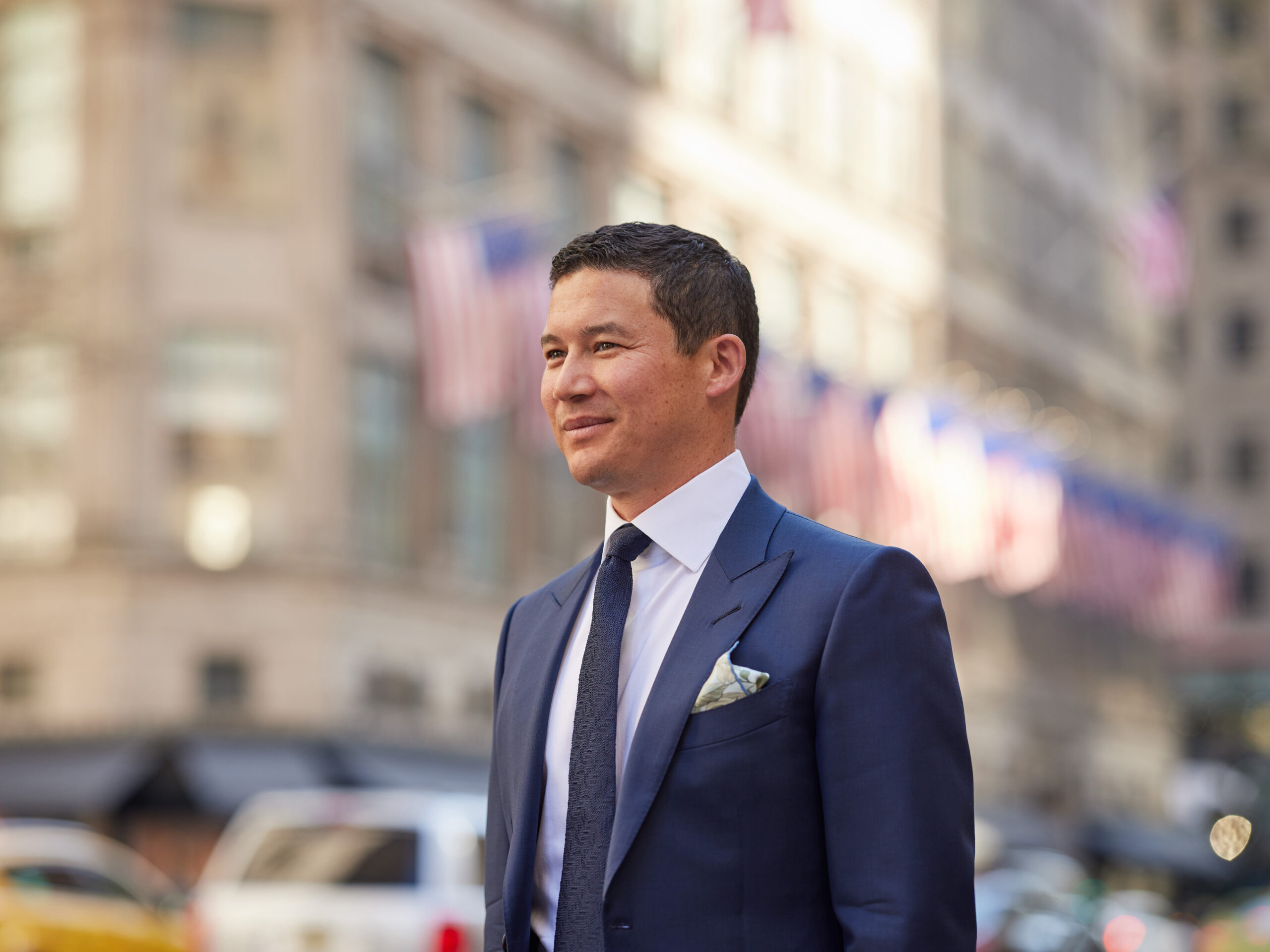Sponsored Content by Ironshore
Protecting Museums in the High-Value World of Fine Art
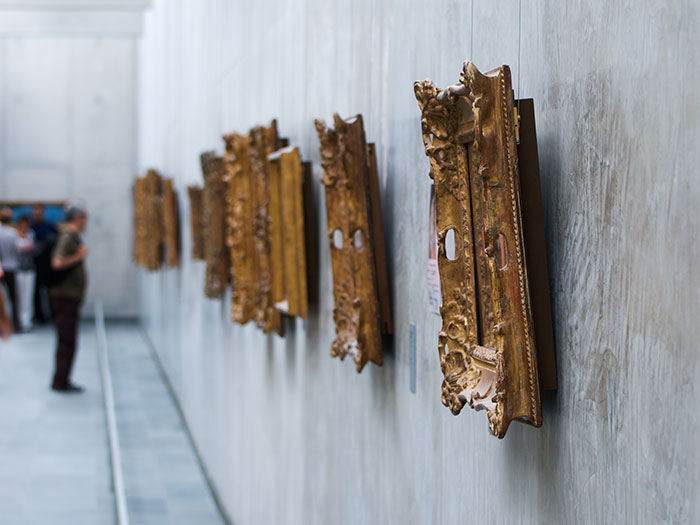
Over the last few years, fine art has shifted from primarily an expression of creativity to a new global asset class. And as a growing number of non-traditional collectors now look to fine art — both classic and contemporary — as a way to diversify investment portfolios, valuations have skyrocketed.
At the top end, a Picasso or Monet can fetch as much as $250 million from a willing buyer. Even new artists can now demand seven-figures. A whole collection can be worth billions.
“The total value of a Francis Bacon show last year was around $2 billion,” said Richard Northcott, Director of Fine Art & Specie, Ironshore. “The value of art has shot further and further skyward.”
But more money also introduces more risk.
At a time when traveling exhibitions and the lending of artwork between museums and collectors have grown more common, higher dollar values generate greater liability exposure through every step of a transaction — including the transportation, storage and display of fine art.
“Almost all museums have exhibition programs and museums are continually lending works of art from their collections to each other,” Northcott said.
With values at elevated levels, it’s potentially ripe ground for litigation. Lawyers and legal counsels for institutions have noticed.
“The input of non-art professionals like attorneys in constructing loan agreements has resulted in increasingly complex contracts,” Northcott said.
To protect themselves from taking on more liability than they’re covered for, museums need the insights and skill of an insurer with expertise in fine art, and similarly qualified brokers.
Bespoke Contracts Seek Absolute Liability
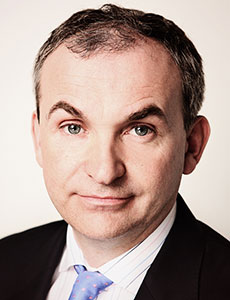
Richard Northcott
Director of Fine Art & Specie
Ironshore
“Ten years ago, there were one or two standard loan agreements used by almost every institution. Now it’s not unusual for every museum and most private collectors who lend art to have their own specially-designed contract,” Northcott said. “As the values keep going up, people ask for more and more complex stipulations.”
Standard loan agreements of the past typically included a clause requiring a boiler-plate fine art insurance policy. Coverage for acts of terrorism, war, wear and tear and gradual deterioration, for example, were typically excluded from standard museum policies. Now some lenders want those perils covered under their loan agreement.
Upping the ante even further, some lenders now ask borrowers to accept “absolute liability” in their contracts.
“There is no technical insurance definition of ‘absolute liability.’ Lenders want borrowers to take blanket responsibility for a work of art and accept liability for whatever happens while it’s in their care,” Northcott said.
“Whatever happens” can encompass a wide and unpredictable scope of scenarios; potentially everything from physical damage from any cause to a change in market value during the loan period. Today, those risks can even include cyber breach as contemporary artists experiment with digital mediums.
“Because ‘absolute liability’ has no legal definition, it would all be down to what an aggressive lawyer would argue in court on the lender’s behalf,” Northcott said. “A museum putting on a show for a high-profile artist could have hundreds of millions of dollars of value at risk. The biggest fine art exhibitions now can be worth well over a billion dollars. Very few museums have the financial capacity to take on that liability.”
As a result, some museums are forced to turn down lending agreements and refrain from borrowing works of art because the liability is too great a burden.
“To avoid rejecting an agreement, and missing out on an opportunity to feature a fine work of art, the museum registrar needs a thorough review of both the proposed agreement and their insurance policies,” Northcott said.
Closing the Coverage Gap
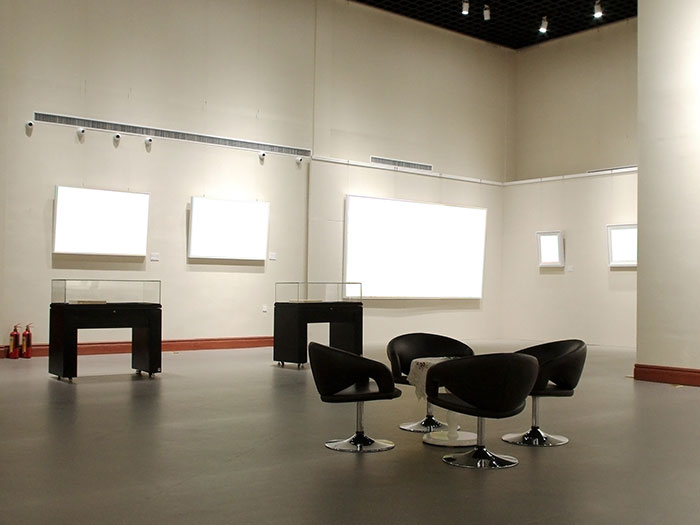 Northcott and his team carefully analyze each loan agreement to determine how much liability the borrower is being asked to take on. No two contracts are alike, and each one needs to be picked through with a fine-toothed comb.
Northcott and his team carefully analyze each loan agreement to determine how much liability the borrower is being asked to take on. No two contracts are alike, and each one needs to be picked through with a fine-toothed comb.
“We’ll compare the agreement against the borrower’s insurance coverages to see where they fall short,” Northcott said. “Then we’ll examine whether we can extend the policy to include some or all of the additional liabilities.”
Ironshore’s flat management structure and a culture of cooperation makes it easy for different underwriting units to work together to build the bespoke solutions necessitated by complex lending agreements.
“I spend an increasing amount of my time talking to my colleagues in the War and Terrorism departments, the Political risk department, and other parts of the company to access their capacity,” Northcott said. “I’ll communicate the risk to them, and usually we can work together to craft terms and conditions that address the client’s exposure.”
Ironshore also has the ability to write on admitted or locally licensed paper in territories across the world that work best for the client, based on the locations of borrower and lender — a critical factor when so much art lending takes place across borders. Barriers like differences in language, law or contract vernacular, as well as the various insurance statuses available today, may pose challenges to international loan agreements. Ironshore’s global resources ensure a good fit can almost always be found.
“We have paper in Singapore, Hong Kong, Australia, and we can tap into our Lloyd’s syndicate. In most circumstances, we can find a way to tailor a solution to a museum’s unique circumstances,” Northcott said.
Face-Time Fosters Industry Expertise
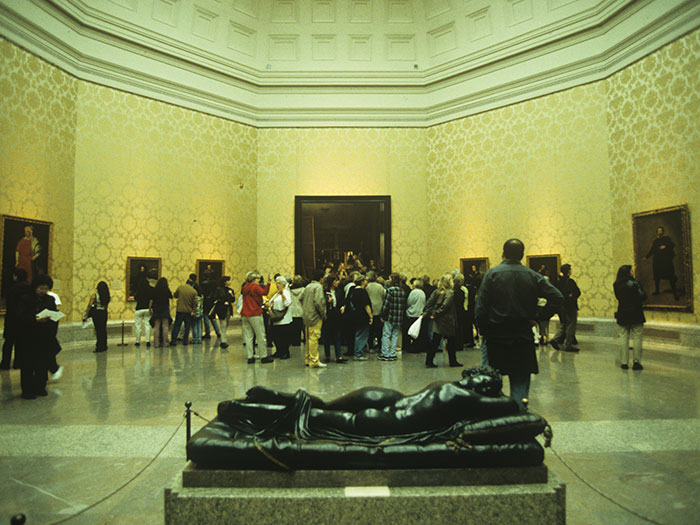 It takes in-depth knowledge of the art world to understand the unique risks and the circumstances of each individual loan agreement. Ironshore’s underwriters put in the time on the road to meet with their museum clients and their brokers and get to know their unique needs.
It takes in-depth knowledge of the art world to understand the unique risks and the circumstances of each individual loan agreement. Ironshore’s underwriters put in the time on the road to meet with their museum clients and their brokers and get to know their unique needs.
“The more clients I meet with, the more I really understand what’s going on in their institutions and what issues they’re concerned about. That allows me to tailor solutions to their specific needs and goals,” Northcott said.
Where underwriters provide the safety net up front, the claims team props institutions back up when some damage does befall a piece of fine art. Ironshore’s in-house claims teams work together with each business unit, so they have a complete understanding of how policies are written and can align their response appropriately.
“Our claims team will come to us and ask what our intent was when we wrote a particular policy. We are available to assist in claims exceeding $25,000 and on all complex or difficult cases. That close relationship and open communication provides a high-quality claims response to what are often quite complex and emotionally charged fine art losses,” Northcott said.
As the art world grows more valuable, more complex, and ultimately riskier, insurers with industry expertise and a high-touch approach to underwriting help museums minimize their exposure, and enable more fine works of art to be shared around the globe.
For all disclaimers and to learn more, visit http://www.ironshore.com/international/fine-art-and-specie/c53.
This article was produced by the R&I Brand Studio, a unit of the advertising department of Risk & Insurance, in collaboration with Ironshore. The editorial staff of Risk & Insurance had no role in its preparation.








